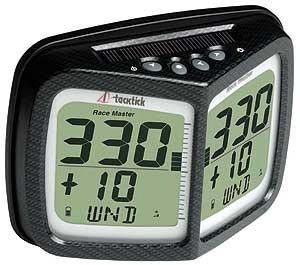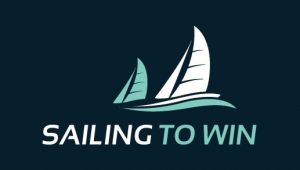

Using a Race Compass – You win sailboat races by sailing faster and less distance than your opponents and to sail less distance, you must have a good feel for the angles.
Many sailors develop this feel visually over time but not everyone retains this visual information.
Compass as a Precise Tool
A compass gives you a precise tool for the angles and there are dramatic gains and losses due to wind shifts in various situations, even with small shifts. As an example, a 5° shift result gives the favoured side an advantage of 12% of the lateral separation.
On a 200-metre starting line this equates to a 24-metre advantage. If you sail a 5° header for one minute you will lose at least four boat lengths to a boat on the lifted tack.
A compass gives you a quick reference for decisions in stressful moments, such as after starts and mark roundings.
A compass helps you find marks, check the starting line, and sail the lifted tack.
Many sailors say that using a race compass is just one more excuse to keep your head in the boat. You should be looking around constantly, integrating all the data about sailing angles, wind strength, and competitors.
You can train yourself to recognize slight headers and store a mental picture of the average wind direction in your head and remember that when a permanent shift occurs, your previous compass data on average wind is useless.
The verdict
Use a compass, but learn to use it as one input, and keep your head out of the boat.
The compass has helped even on small lakes or bays, as the lake or bay gets bigger, a compass becomes more important since there are fewer shore references to use as bearings.

